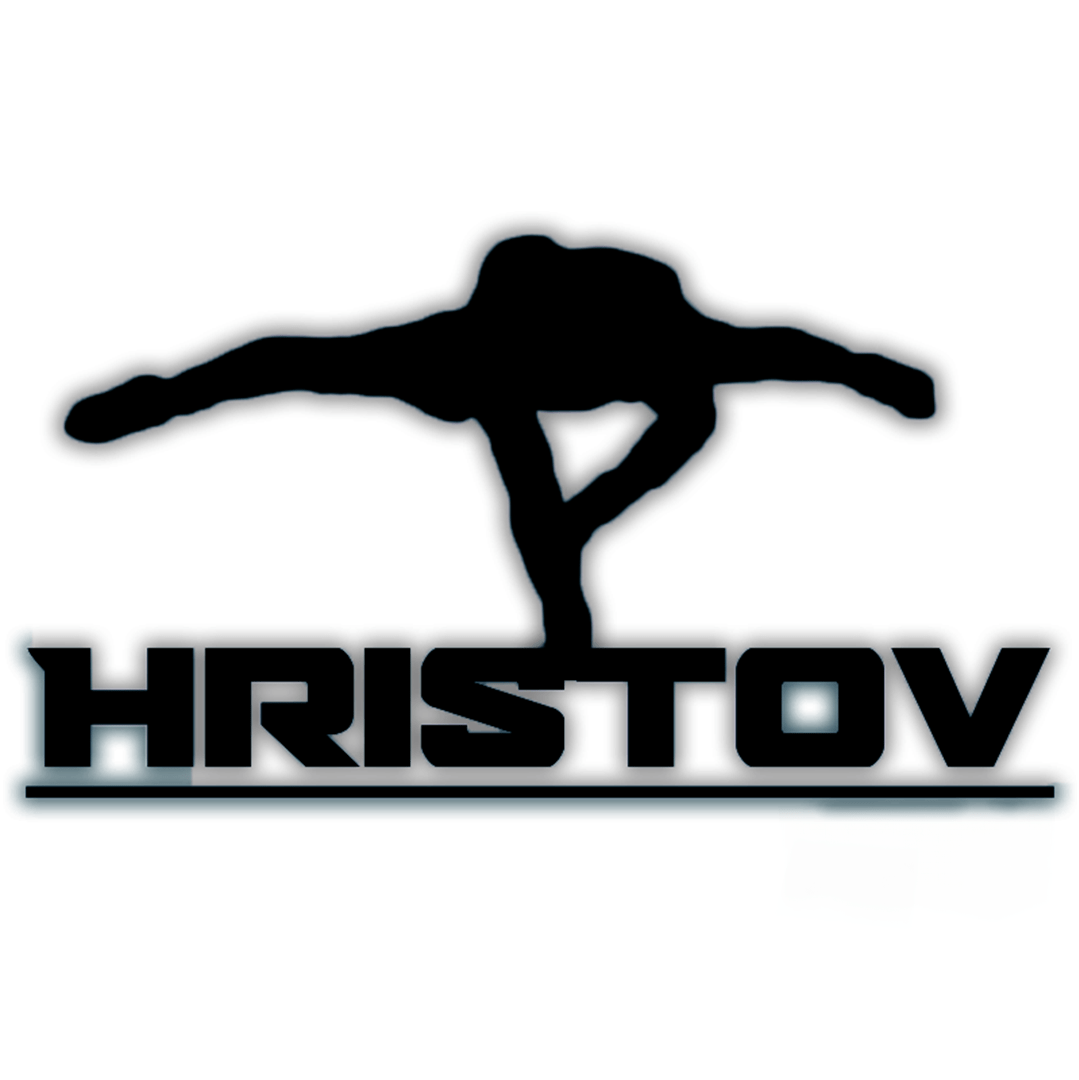
About Daniel Hristov – The Game Changer
In the world of calisthenics and street workout, my journey stands as a testament to determination, smart training, and an unwavering mindset. Starting as an
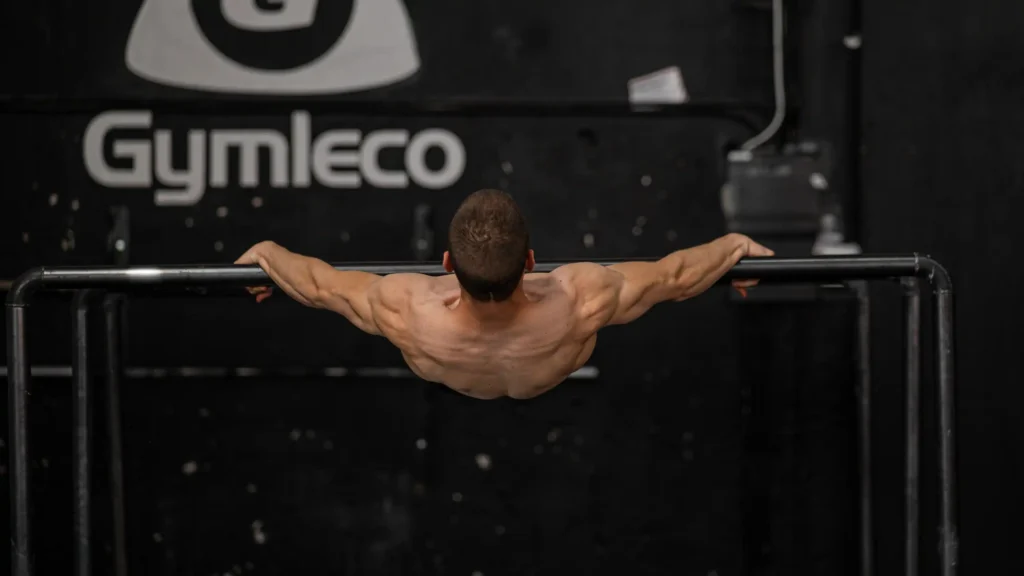
Become the master of front lever and take the next step in your front lever journey.
Learn these skills together with the Calisthenics Coach Daniel Hristov and skip the struggle of trying different stuff and just get guided
After you have mastered all these skills you can take your journey and learn the planche skills with my programs.
Front Lever training by Daniel Hristov to achieve your goals in a easy step by step guide.
Complete video courses that teach you everything about the front lever and how to progress
Exchange progress updates, get advice, and meet others who share your interests.
The 5 skills that are included in the advanced program are.
The program that we offer has been specifically created to provide a safe and effective way for you to reach the straddle front lever and full front lever but also develop and enhance your strength. Our program is tailored towards those who have a goal of achieving the straddle front lever and the full front lever. With careful attention our plan takes into account a range of exercises that help to build overall body strength, focusing particularly on the areas required for the Straddle front lever and full front lever hold. This program is designed to be progressive and adaptable, so that it can be effective for a variety of individuals. By following our program, you will see improvements in your strength, skills, and overall fitness. You will be amazed at how much you can achieve with our help and guidance.
As this is the next phase of the front lever revolution, you will need to have mastered full front lever for 3-5 sec before starting this phase.
No real length of the program is designed here as there are 6 different skills involved. You can choose for yourself what skill you want to start with, but I would recommend beginning with front lever pull ups and raises and to gain insane strength.
You only need 3 things: a resistance band, a straight bar, or a static bar and weights.
Each skill has a separate section when you log in to access the program. You can choose for yourself what you want to learn first and at what speed. I have made it easy with video tutorials, where I show you privately how to do it, what the right and wrong way is, and the secret ways to achieve it faster.
Learn these 6 high level skills together with the world champion Daniel Hristov and become the next top level athlete.
For these programs, you need a static bar or a straight bar
For these programs you need different levels of resistance band
The front lever is a hard calisthenics move you often see gymnasts or calisthenics athletes doing on the rings or a pull-up bar. Basically, you start hanging upside down and then lower yourself until your body is flat and horizontal, like a plank, but you’re in the air and your belly faces the sky. Some really skilled folks can even go straight into a front lever from just hanging on the bar. It’s pretty tough and requires a lot of strength in your back and core. To get there, you start with front lever progressions like the tuck front lever where you keep your knees bent and close to your chest. As you get stronger, you move to an advanced tuck with your body more open, then a straddle with legs apart, and finally, you aim for the full front lever. Each step builds up the muscle and control you need.
Front lever pull-ups are an advanced calisthenics exercise that combines the challenge of a front lever hold with the dynamic movement of a pull-up. This exercise significantly tests and builds upper body and core strength.
Here’s how front lever pull-ups work:
Starting Position: You begin in a front lever position, where your body is held horizontally to the ground, straight and rigid from head to heels, with your face pointing upwards. This is done by gripping a pull-up bar with an overhand grip.
The Pull-Up Motion: While maintaining the front lever position, you perform a pull-up. This involves pulling your chest up to the bar while keeping your body horizontal and straight. This movement increases the difficulty as you must maintain the leverage and balance of the front lever while dynamically moving your body upwards and downwards.
Muscle Engagement: The exercise intensely engages the latissimus dorsi (lats), core muscles, shoulders, and arms. The core must work exceptionally hard to keep the body straight and horizontal throughout the movement.
Skill and Strength Requirements: Front lever pull-ups require a high level of skill and strength, as you need to combine the strength to perform a pull-up with the balance and core stability to hold the front lever position.
The front lever touch is an advanced variation of the traditional front lever, where you begin in a normal front lever hold with your arms straight. From this position, you pull yourself up toward the bar until your lower stomach touches it. To perform this move correctly, it’s essential to use a false grip on the bar and maintain a close grip, rather than a wide one.
This maneuver is among the more challenging skills within front lever training. When touching the bar in the top position, it’s crucial to keep your body straight and maintain retraction of the shoulder blades. The shoulder retraction helps stabilize your upper body and ensures proper alignment, which is vital for executing this skill safely and effectively.
This exercise not only tests your upper body strength but also requires significant core engagement and control to maintain the body’s horizontal alignment while dynamically moving toward and away from the bar. The front lever touch is a true test of strength, control, and precision in calisthenics.
Wide front lever pull-ups are an advanced variation of the standard front lever pull-ups, characterized by a wider grip on the pull-up bar. This variation increases the difficulty of the exercise by placing more demand on the upper body muscles, especially the latissimus dorsi (lats), shoulders, and the muscles of the upper back.
Here’s how wide front lever pull-ups are performed:
Starting Position: Begin by hanging from a pull-up bar with your hands placed wider than shoulder-width apart. This is wider than the grip used in regular front lever pull-ups.
Enter the Front Lever: From the hanging position, lift your body into the front lever position, where your body is straight and horizontal to the ground, parallel to the floor. Your arms should remain straight throughout the exercise.
The Pull-Up Motion: While maintaining the front lever position and keeping your body as horizontal as possible, pull your chest up towards the bar. The wide grip requires more effort and strength, making this movement significantly challenging.
Lowering Phase: After reaching the peak of the pull-up, slowly lower yourself back down to the initial front lever position in a controlled manner.
Muscle Engagement: This exercise heavily engages the lats, deltoids, traps, and core muscles. The wide grip also means that the chest and the outer part of the shoulders (deltoids) are more involved compared to the narrower grip pull-ups.
Benefits and Difficulty: Wide front lever pull-ups help develop greater upper body strength and width, particularly in the lats and shoulders. They also enhance core strength and stability due to the need to maintain a horizontal position against the increased instability caused by the wide grip.
This exercise is ideal for advanced calisthenics practitioners who have already mastered the standard front lever and are looking for more challenging variations to push their limits further. It’s crucial to perform this exercise with proper form to avoid strain on the shoulders and ensure effective muscle engagement.
The Straight Arm Touch (SAT) is similar to the front lever touch, where the athlete maintains a horizontal position under the bar. The key difference is that the belly must stay in contact with the bar, and the arms need to be kept straight throughout the exercise. Here’s a simplified breakdown:
Positioning: Start by positioning yourself horizontally under the bar, similar to a front lever hold. Your belly should touch the bar during this hold.
Arm Position: Keep your arms straight without locking them. This requires strong control and activation of the shoulder muscles.
Muscle Engagement: The primary muscles involved are in the posterior chain, such as the rear deltoids, triceps, and lats. If your shoulder blades are elevated, the upper traps become heavily engaged.
Scapula Position: Your shoulder blades should be retracted (pulled back) and depressed (pushed down) to maintain a clean body line. Avoid protracting (spreading forward) the scapula too much as it can cause you to lose the straight line of the body. Similarly, avoid excessively arching your back.
Grip: It’s best not to use a strong false grip. A light touch with the wrists on the bar is sufficient.
Technique Tip: A helpful technique cue is to push your hands to the sides and back. This helps bring the belly closer to the bar and maintains the correct form without needing to widen your grip, which can make the exercise more difficult.
Overall, the SAT emphasizes strict body position and controlled movement, challenging your core, back, and arm strength.
If you don’t know who I am, my name is Daniel Hristov, and I am a professional calisthenics athlete and coach. I have mastered the front lever and almost all the different skills related to it. I have been teaching the front lever to hundreds of other students who have learned to master it and have made significant progress. Some started with a simple tuck front lever and later learned to do front lever pull-ups as well.
Front lever training can become really frustrating if you don’t know the right step-by-step guide or program to get you to your goals. It can be even more frustrating when you are more dominant in push strength; then it’s even more important that you have a structured program or a calisthenics coach to help you achieve the front lever goals you have set for yourself. Basically, if you work a lot on your back muscles and continue to put progressive overload on them, for example with weighted pull-ups, without doing any front lever training, that will still help you when you start to train specifically for the front lever. However, without specific training for the front lever, you will never achieve a clean straddle front lever or full front lever.
The equipment you need to learn can vary depending on which calisthenics coach you consult. Below is a list of commonly mentioned equipment:
Static Bar: Excellent for static skills like the front lever, as well as others like the back lever and planche. It’s an easy way to set up a straight bar in your room or at the gym.
Resistance Band: Important for assisting with front lever progressions. For instance, if you can’t do a tuck front lever yet, you might use a resistance band to help support your body while you work on the skill.
Dip Bars: Can be used instead of a static bar, allowing you to perform a variety of exercises like dips and planche.
Dumbbells: Useful for targeting specific muscle groups that may be your weak points in achieving the front lever.
Dip Belt: Used for weighted pull-ups to build strength in your back muscles, which can contribute to your progress toward the front lever.
Start with the body already in a horizontal position and involve a specific movement where the feet are raised above the horizontal line and then lowered back. This exercise focuses intensely on core and upper body strength. Here’s how to perform this version of front lever raises:
Starting Position: Begin by entering into a front lever hold where your body is fully extended and horizontal to the ground. Ensure your arms are straight, and you maintain a strong grip on the pull-up bar.
Raising Motion: From the horizontal position, engage your core and slowly raise your legs and hips upwards while trying to keep your legs straight. The movement is somewhat similar to an inverted leg raise, except that your whole body tilts slightly upwards from the horizontal.
Peak Position: Raise your feet until they are pointing towards the ceiling or as high as you can manage while keeping the rest of your body as controlled and stable as possible. Your body will form a slight ‘V’ shape at the highest point.
Lowering Motion: Carefully lower your legs back down to return to the horizontal front lever position. This should be executed in a smooth and controlled manner to maximize tension on the core and back muscles.
Muscle Engagement: This exercise targets the core muscles intensely, especially the lower abdominals, as well as the upper back, shoulders, and lats. It requires and develops strength, stability, and control throughout the entire range of motion.
Difficulty and Progression: This is an advanced variation of the front lever and requires prior proficiency with the basic front lever. It can be made more challenging by increasing the speed or the number of repetitions.
Archer front lever pull-ups are a highly advanced variation of front lever pull-ups, designed to increase the challenge by emphasizing unilateral (one-sided) strength and control. This exercise variation places greater demand on one side of the body at a time, similar to archer pull-ups performed in a traditional vertical position.
Here’s how archer front lever pull-ups are performed:
Starting Position: Begin by hanging from a pull-up bar in a front lever position, where your body is horizontal to the ground, arms straight and body rigid.
The Pull-Up Motion: While maintaining the front lever, you shift your weight towards one arm, extending the opposite arm out to the side as much as possible, resembling an archer drawing a bow. The arm that remains bent carries most of the body weight and performs the pull-up motion.
Execution: Pull your body up towards the bar with the bent arm, keeping the other arm extended sideways. This requires immense strength and stability from the working arm, as well as significant core engagement to maintain the horizontal position without rotating or sagging.
Alternating Sides: After completing the desired number of repetitions on one side, switch the roles of the arms and repeat the exercise, ensuring balanced development on both sides.
Muscle Engagement: This variation intensely works the lats, deltoids, and trapezius of the pulling arm, along with the core muscles which must work overtime to maintain body alignment and stability. The extending arm also engages, though more in a stabilizing role, involving the shoulder stabilizers and triceps.
Benefits and Difficulty: Archer front lever pull-ups not only build unilateral upper body strength but also improve core stability, coordination, and balance. It tests and enhances the ability to control and stabilize the body under uneven loads, which is beneficial for sports and activities requiring high levels of body control and asymmetric strength.
This exercise is suitable for highly advanced practitioners who have mastered both the front lever and more conventional front lever pull-ups, as it requires exceptional strength, control, and experience with calisthenic movements.

My name is Daniel Hristov, and I am from Sofia, Bulgaria. For the past 5 years, I have been pursuing street workout professionally, and I have made a name for myself as a world-class competitor.
I have achieved numerous world titles, including the World Championship in Moscow, Russia in 2021, where I emerged victorious as the World Champion. Additionally, I won the Street Workout Ultimate Battles and Calisthenics Cup competitions in 2022 & 2023 and placed second in the World Championship in Moscow, Russia in 2019 as the Vice World Champion. In 2019, I also secured the second position in the World Cup held in Hong Kong. In 2020, I was declared the national champion in Bulgaria. Those of us who practice street workout and calisthenics understand the significance of this sport in our lives. Each exercise holds great meaning for us, and we know that proper training and perseverance are the keys to success. If you entrust me with your fitness goals, I assure you that we can work together towards achieving them.

In the world of calisthenics and street workout, my journey stands as a testament to determination, smart training, and an unwavering mindset. Starting as an
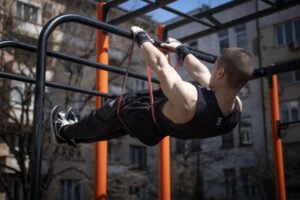
FREE guide! Free front lever guide with all the secrets to unlock this Calisthenics skill Know the experts secrets to learning the front lever Master
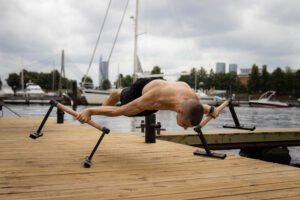
SHAPING CALISTHENICS learn the most wanted calisthenics skills, planche and front lever PLANCHE PROGRAMS CLICK HERE FRONT LEVER PROGRAMS CLICK HERE Why PLANCHE Is Impressive

Front Lever Program Wanna increase your front lever progression or maybe learn your first advanced Tuck Front Lever. This front lever program will help you

Beginner Planche Program If you’re struggling to improve your planche and not sure how start to learn the tuck planche, then Planche Revolution is just
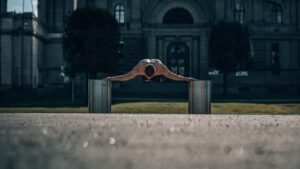
Advanced Planche Program Learn the 5 high level planche skills like, planche pushups, planche press, Iguana Planche, Straight bar planche and finger planche. Start Now
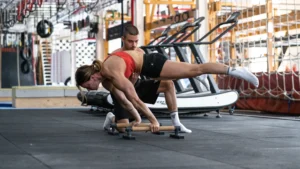
Intermediate Planche Program Learn how to get from a tuck planche to a full planche with the help of the Calisthenics coach Daniel Hristov and
